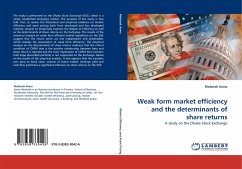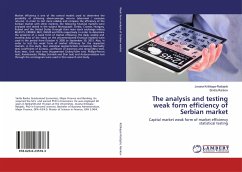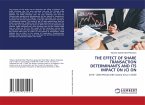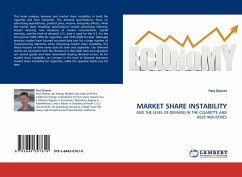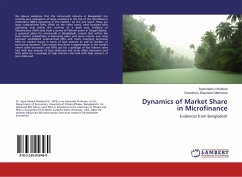The study is performed on the Dhaka Stock Exchange (DSE), which is a newly established emerging market. The purpose of the study is two fold: first, to review the theoretical and empirical evidence on market efficiency and asset pricing both from developed and less developed markets; second, to empirically examine the degree of efficiency as well as the determinants of share returns on the Exchange. The results of the empirical analysis on weak form efficient market hypothesis on the DSE suggest that the return series are not independent and predictable, which violates the assumption of weak form efficiency. The empirical analysis on the determinants of share returns evidence that the critical condition of CAPM that is the positive relationship between beta and share return is rejected and the main implication of CAPM that investors hold large diversified portfolio is not supported on the Exchange. Based on the results of the empirical analysis, it also appears that the variablessize, price to book value, volume of shares traded, earnings yield and cash flow yield have a significant influence on share returns on the DSE.
Bitte wählen Sie Ihr Anliegen aus.
Rechnungen
Retourenschein anfordern
Bestellstatus
Storno

